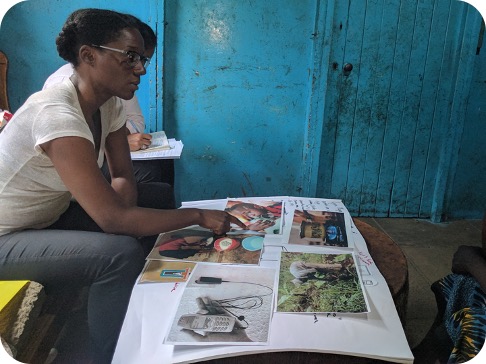About the project
I was hired as the Senior Design Research Lead for an initiative funded by the Bill & Melinda Gates Foundation (BMGF) to explore market opportunities for their Reinvented Toilets (RTs) — novel sanitation systems designed to address global sanitation challenges.
The project was led by Dalberg, a strategy and policy firm contracted by the Sanitation Technology Platform, an organization supporting the development and commercialization of BMGF's new sanitation products. I collaborated with a cross-functional team, including product designers, UX fellows, data collectors, and local guides, to conduct comprehensive field research across multiple cities.







